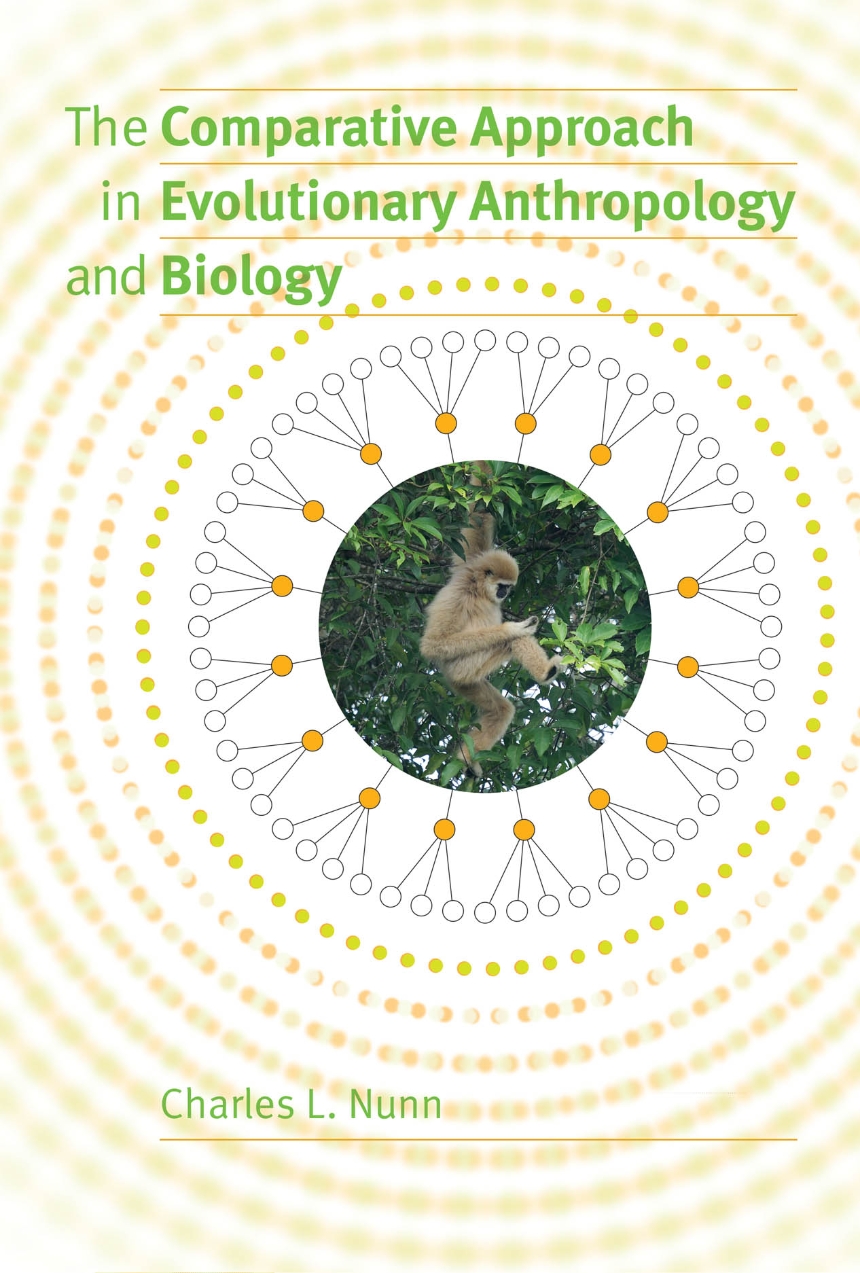The Comparative Approach in Evolutionary Anthropology and Biology
The Comparative Approach in Evolutionary Anthropology and Biology
392 pages | 20 halftones, 111 line drawings, 14 tables | 6 x 9 | © 2011
Anthropology: Physical Anthropology
Biological Sciences: Evolutionary Biology
Cognitive Science: Neuroscience
Reviews
Table of Contents
Preface
1. The Importance of Comparison
2. Basic Phylogenetic Concepts and “Tree Thinking”
3. Reconstructing Ancestral States for Discrete Traits
4. Reconstructing Ancestral States for Quantitative Traits
5. Modeling Evolutionary Change
6. Correlated Evolution and Testing Adaptive Hypotheses
7. Comparative Methods to Detect Correlated Evolutionary Change
8. Using Trees to Study Biological and Cultural Diversification
9. Size, Allometry, and Phylogeny
10. Human Cultural Traits and Linguistic Evolution
11. Behavior, Ecology, and Conservation of Biological and Cultural Diversity
12. Investigating Evolutionary Singularities
13. Developing a Comparative Database and Targeting Future Data Collection
14. Conclusions and Future Directions
References
Index
